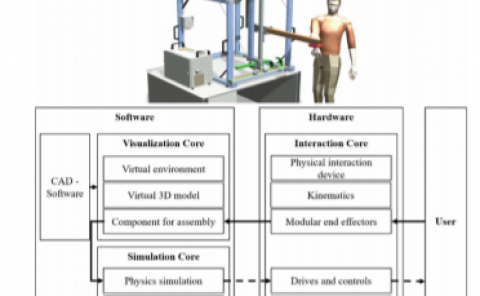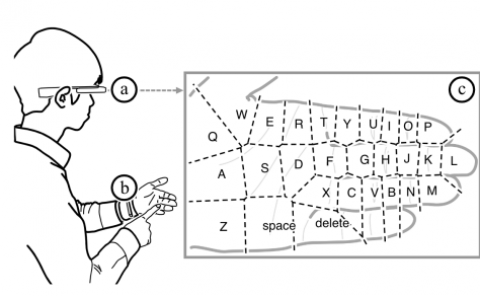PLC-VIO: Visual–Inertial Odometry Based on Point-Line Constraints
PubDate: May 2021
Teams: National University of Defense Technology; Defense Innovation Institute
Writers: Zhe Liu; Dianxi Shi; Ruihao Li; Wei Qin; Yongjun Zhang; Xiaoguang Ren
PDF: PLC-VIO: Visual–Inertial Odometry Based on Point-Line Constraints

Abstract
Visual–inertial odometry (VIO) is widely studied and used in autonomous robots. This article proposes a novel tightly coupled monocular VIO system based on point-line constraints (PLC-VIO). In the front end, PLC-VIO presents a line segment extraction and merging algorithm based on the EDLines method and achieves real-time feature tracking based on the geometric constraints between feature points and lines. In the back end, PLC-VIO reconstructs new 3-D landmarks of feature lines through points on the line and optimizes the states by minimizing a cost function that combines the preintegrated inertial measurement unit (IMU) error term together with the point and line reprojection error terms in a sliding window optimization framework. A loop closure module is also integrated, which enables relocalization and drift elimination. The corresponding experimental evaluations are conducted using public datasets to validate the effectiveness and robustness of the proposed system, and the results show that PLC-VIO can achieve good performance when compared with other state-of-the-art systems and, at the same time, with no compromise to real-time performance. Note to Practitioners—Visual–inertial odometry (VIO) can estimate the states of the rigid body (including position, attitude, and velocity) that is widely used in robotic navigation, autonomous driving, virtual reality (VR), and augmented reality (AR). Aiming at the problem of estimating the states of autonomous robots in the GPS-denied environment, this article proposes a novel VIO system based on the point-line constraints (PLC-VIO). PLC-VIO can not only achieve accurate pose estimation for robots due to the introduction of the line features but also make no concession to real-time performance. Furthermore, PLC-VIO can also enrich the texture features of the environment during the 3-D mapping construction. The corresponding experiments are implemented in public datasets to evaluate the effectiveness, efficiency, and robustness of the proposed system. We believe that PLC-VIO can be widely used in robotic navigation and AR/VR fields to provide accurate position and environment information in real time.



